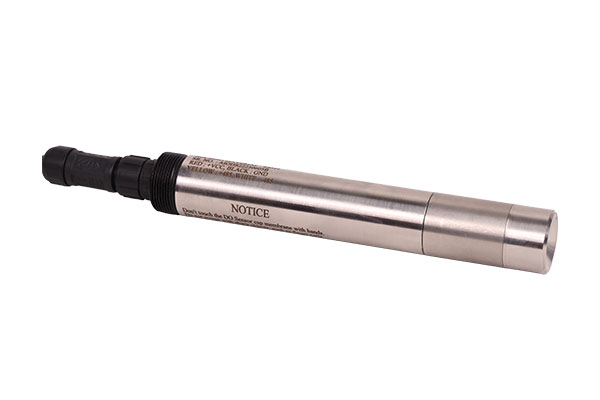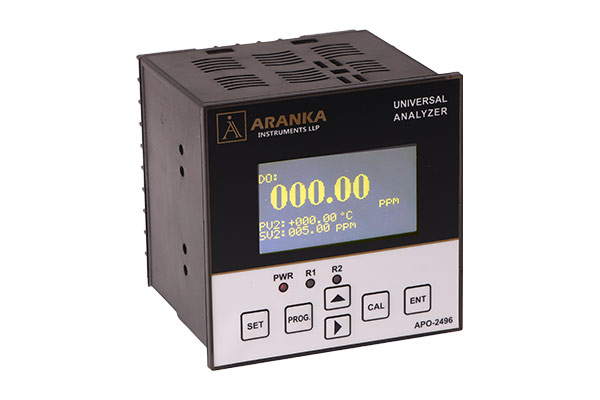

Dissolved Oxygen Sensor Manufacturer
We are a leading Dissolved Oxygen Sensor manufacturer and supplier based in Ahmedabad, Gujarat, offering advanced AIDS22380 Series Fluorescent Dissolved Oxygen Sensors designed for accurate and maintenance-free water quality monitoring. Dissolved Oxygen Sensors use next-generation fluorescence lifetime technology and high-performance fluorescent materials, ensuring no oxygen consumption, no electrolyte, and no calibration. Built with a temperature sensor for automatic compensation and RS-485 digital output, they deliver excellent stability and seamless networking without a controller. Ideal for water treatment plants, aquaculture, environmental monitoring, and industrial processes, our dissolved oxygen sensors provide reliable, long-term performance with minimal maintenance.
* Hydrophobic membrane and algae will not adhere to the membrane head
* Digital sensor, RS485 output, support MODBUS
* No membrane, no electrolyte, no interference, no need for frequen calibration
* No oxygen consumption, no flow restriction
* Built-in temperature sensor, automatic temperature compensation
| Power Supply | 100 ~260 VAC @ 50Hz OR 24VDC | |
| Measuring Range | 0-20mg/l, 0-20ppm | |
| Display | OLED LCD | |
| Calibration | Front Key | |
| Analogue output | 4-20mA | |
| Communication Output | RS 485 Modbus RTU | |
| Output | 2nos. Relay 3A 1 CO | |
| Size | 96x96x85mm | |
| Panel Cutout | 92x92mm | |
| Body MOC | ABS, Flam proof [Optional] | |
| Operating Temperature | -10 ~ 50’C | |
Frequently Asked Questions (FAQs)
What technology does this DO sensor use?
It uses fluorescence lifetime measurement with high-performance fluorescent materials.
Does the sensor consume oxygen or require flow?
No — the sensor does not consume oxygen and has no flow rate limitation.
Does it need membranes, electrolytes, or frequent calibration?
No — the sensor is designed without a membrane or electrolyte, and it requires very little calibration (or no frequent calibration).
Is it affected by hydrogen sulfide or other interferents?
It is immune to interference from hydrogen sulfide, because of its optical measurement method.
How is temperature compensation handled?
The sensor has a built-in temperature sensor and performs automatic temperature compensation internally.
What are the communication and output interfaces?
It supports RS-485 (Modbus RTU) digital communication. It also offers 4–20 mA analog output and relay outputs (2 relays, 3A, 1 changeover).
What is the power supply requirement?
It can be powered by 100 – 260 VAC (50 Hz) or 24 VDC.
What is the operating temperature range?
The sensor works in ambient temperatures from –10 °C to +50 °C.

